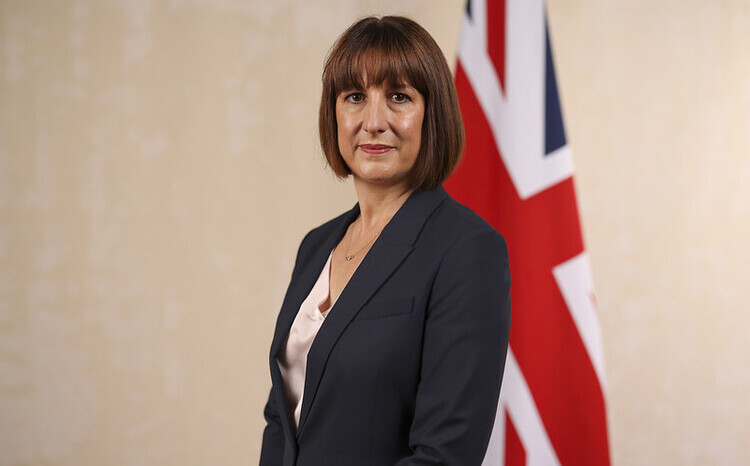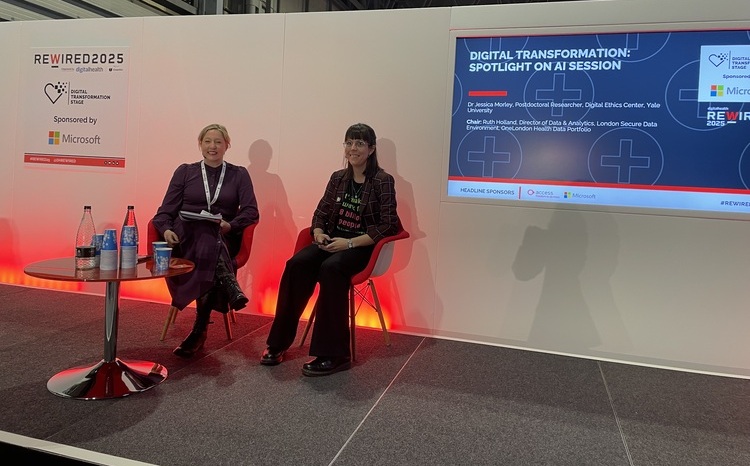Artificial intelligence system could cut critical chest x-rays assessment time
- 29 January 2019

A team in Warwick have developed an artificial intelligence system which could cut the time it takes to assess critical chest x-rays from 11 days to less than three.
Professor Giovanni Montana, chair in data science at Warwick Manufacturing Group (WMG) at The University of Warwick, led a team that developed the system which can recognise radiological abnormalities in chest x-rays.
The system can asses how severe the abnormality is and, therefore, how quickly a patient needs treatment.
They also developed a natural language processing algorithm which can read a radiologist report, understand their finding and automatically prioritise cases based on their severity.
The AI system can be used from the moment a patient is admitted to hospital.
Montana said: “When a patient is admitted to the hospital to have a diagnostic chest x-ray, the image goes into a queue waiting for a radiologist to visually inspect it and write a report.
“The longer a patient waits for a report, the higher the chances that a potentially harmful condition is diagnosed too late.
“Using our technology, we have demonstrated that a radiologist can potentially identify scans presenting critical finding as soon as they are acquired, even before the patient leaves the hospital.
“This can make a tremendous difference in the diagnosis of life-threatening conditions such as lung cancer.”
In the United Kingdom, it is estimated that at any time there are over 300,000 radiographs waiting over 30 days for reporting.
Chest radiographs account for 40 per cent of all diagnostic imaging performed worldwide but the research shows alternative models of care, including AI, could be used to reduce delays.
The team have recently secured funding from the Wellcome Trust Initiative to continue the project, which they hope will be commercially available this year.
A Digital Health News feature, published in March 2017, looked into how AI is already beginning to reshape radiology imaging and diagnostics at NHS trusts.





